Have you ever looked at the thousands of bones on display at a museum and wondered how the museum scientists managed to clean them all? The truth is, if the scientints had to clean all the bones in a museum by hand, nothing would ever be ready to display. Fortunately, the scientists have some helpers
Have you ever looked at the thousands of bones on display at a museum and wondered how the museum scientists managed to clean them all? The truth is, if the scientints had to clean all the bones in a museum by hand, nothing would ever be ready to display. Fortunately, the scientists have some helpers working behind the scenes: tiny flesh-eating beetles!
Dermestid beetles can often be pests, feeding on things like clothing, food in the pantry, and even violin bows! But in the wild, they serve an important role: they help break down the remains of an animal that has died. Without beetles and other decomposers, nothing that died would ever disappear. Forensic scientists can even tell how long something has been dead by analysing the number of beetles found on the body. The can even help solve murders!
It’s their appetites for meat that are extremely useful to museum scientists. A museum gets a skeleton when an animal dies and is donated to the museum (many museum specimens are former zoo animals that have died of old age). To prepare the skeletons for display, the animal is skinned and dried, and scientists remove as much of the organs and large muscles as they can. This still leaves a large amount of meat on the bones.
These meaty bones are placed in a sealed environment filled with dermestid beetles. The Royal Ontario Museum has an entire “Bug Room” filled with them! The beetles eat the meat from the bones and lay their eggs among them. When the larvae hatch, they munch away as well. Before too long, the bones are clean and ready to be put on display!





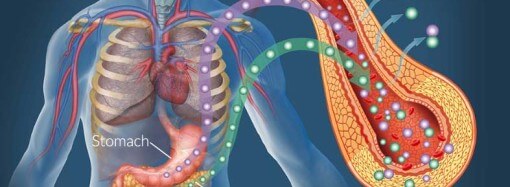

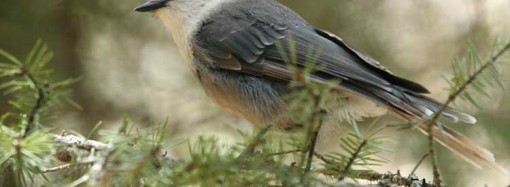
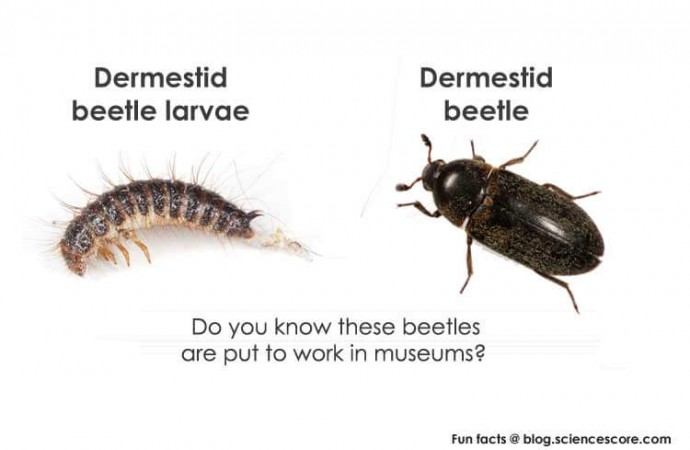
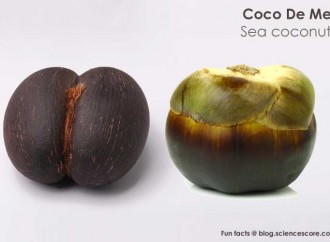





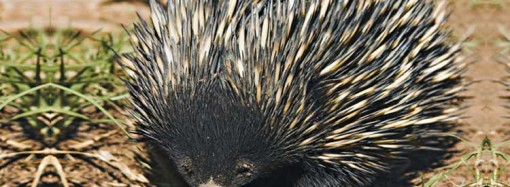
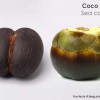






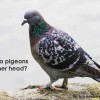




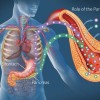





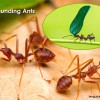






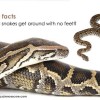




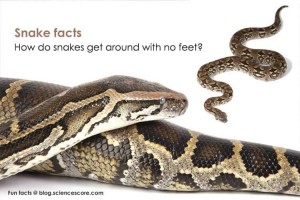
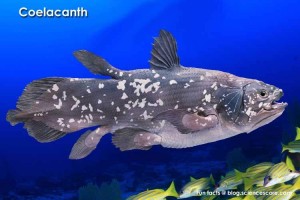
Leave a Reply